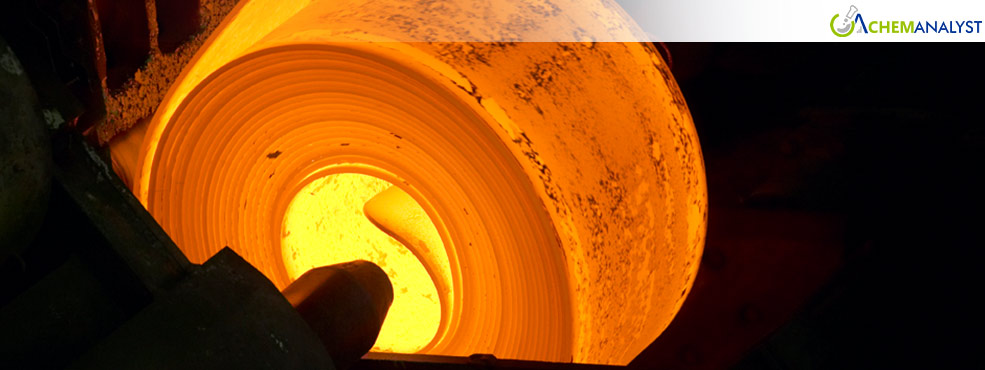Welcome To ChemAnalyst

In the 3rd week of March 2025, hot-rolled coil (HRC) prices in Germany were mostly stable, indicating a continuation of the market's bullish trend that began at the beginning of the month. Even with local manufacturers trying out higher prices, the true drivers of Europe's steel market remain competitive forces, supply worries, and regulatory shifts, especially in Germany.
Key Takeaways:
As of 3rd week of March 2025, the HRC market in Germany has maintained stability even the local producers trying to implement higher price offers for future deliveries. Recent reports indicate that while some transactions were noted at lower prices, the general sentiment among buyers suggests that the workable market price for HRC is in a specific range that buyers perceive as more favourable. Producers' efforts to moderate pricing amidst intense competition have led to a mixed market response, with some major steel mills seeking slight increases for upcoming HRC deliveries.
In Southern Europe, the HRC index was also slightly lower than the prior reporting period, though it has increased over the month. Local suppliers are keen on expanding their offerings; however, buyers in Italy remain cautious, often avoiding significant purchases under the current economic doubts. Even though this trend could cause some turbulence in the regional HRC market, larger buyers, especially steel service centers in Germany, have been taking precautions by restocking in anticipation of estimated demand, offering a degree of stability.
In the world of HRC, import activity is an important part of the market. While several countries like India, Turkey, and Indonesia offer their goods, these compete directly with regional production. Even among traders, a quiet tone prevails with fewer new offers being observed. The competitive landscape is further convoluted by rumours of provisional anti-dumping duties on HRC imports from select countries, which could lead to rising domestic prices.
As per ChemAnalyst, the outlook for HRC prices in Germany appears cautiously optimistic, contingent upon demand growth and improved market conditions. To fully recover, the HRC market needs a reliable global supply chain, clear regulatory guidance on import duties, and control over rising raw material costs. Balancing local production and imports will be essential as manage geopolitical complexities and broader economic shifts that affect the steel sector.
We use cookies to deliver the best possible experience on our website. To learn more, visit our Privacy Policy. By continuing to use this site or by closing this box, you consent to our use of cookies. More info.
